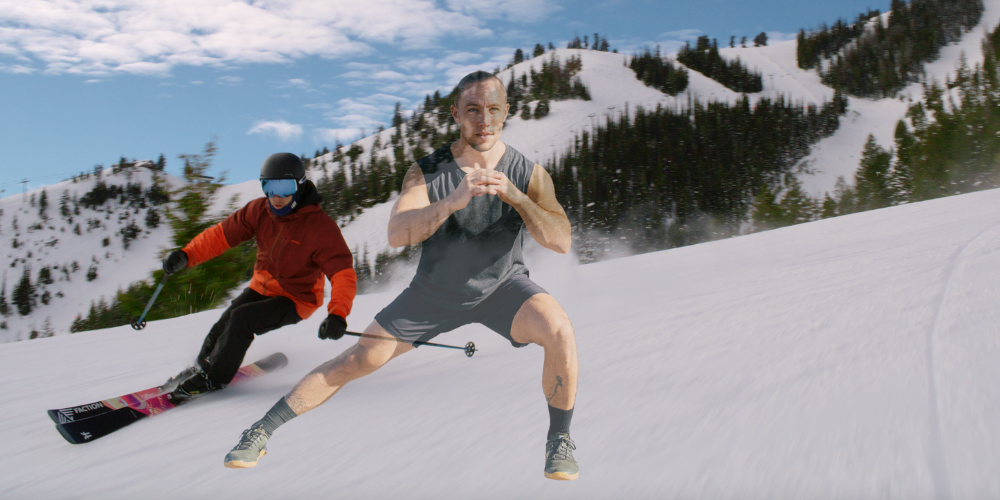
Why Skiers Should Train Laterally
It’s quite easy to get in a routine of doing the following: hiking, mountain biking, squatting, deadlifting, lunging, and running. But what do all these activities have in common? They all function on the basis that you are facing forward while moving forward and back, up and down, in one plane of motion: The Frontal Plane. Skiing is a lateral sport and places demands on the body in all planes of motion. You ski in the frontal plane, the transverse plane and the sagittal plane of motion. Because of this, your training must incorporate some stressful demands in planes other than the frontal.
But why?
Because you should always prepare your body across all planes of motion to be utilized. This way, the joints, tendons, and ligaments don’t receive unexpected or surprising stress when the sport places them into a position that was never trained.
As you ski down the hill you shift from side to side and your muscles react to changes in velocity, friction, height, pitch, and rotation. As this is happening, your sliding laterally from one end of the ski slope to the other. It would be like hiking or mountain biking if you did so moving across the hill at the same time that you went up the hill. For this, it’s imperative to train lateral movements and power in the gym.
Your glutes, quads, and ankles should be accustomed to lateral stress before you hit the slopes for the first time. Imagine your quad is really strong going up the stairs. No matter how high the step, the quad muscle can handle it. Now imagine that as you’re taking a step up, someone shoves you sideways and your foot moves over to plant on the floor and catch your falling body. As your foot lands to stop the fall, and your quad receives the stress of your falling body, it gives out and buckles. It does so because it’s never been trained to receive stress and redistribute force when the demand comes from the side (lateral).
Now imagine instead that you do Lateral Lunges, Curtsy Lunges, Lateral Hops, Lateral Box Jumps, 1/4 Turn Step Ups, and Single Leg Deadlifts. In essence, your glute muscles and knee joint are conditioned to withstand lateral stress. Imagine again that the same person pushes you going up the stairs but now your foot plants firmly against the floor. Your glutes fire to stabilize your hip and your quad muscle flexes to resist the lateral stress against your knee.
This is the beauty of training laterally in the gym so that your joints and supporting muscles are conditioned to respond positively to stressors placed up on them.
Here are 7 must-add exercises that can be found in The Ski System training programs that will help you build lateral strength capable of withstanding the forces of skiing. Click to see the video: